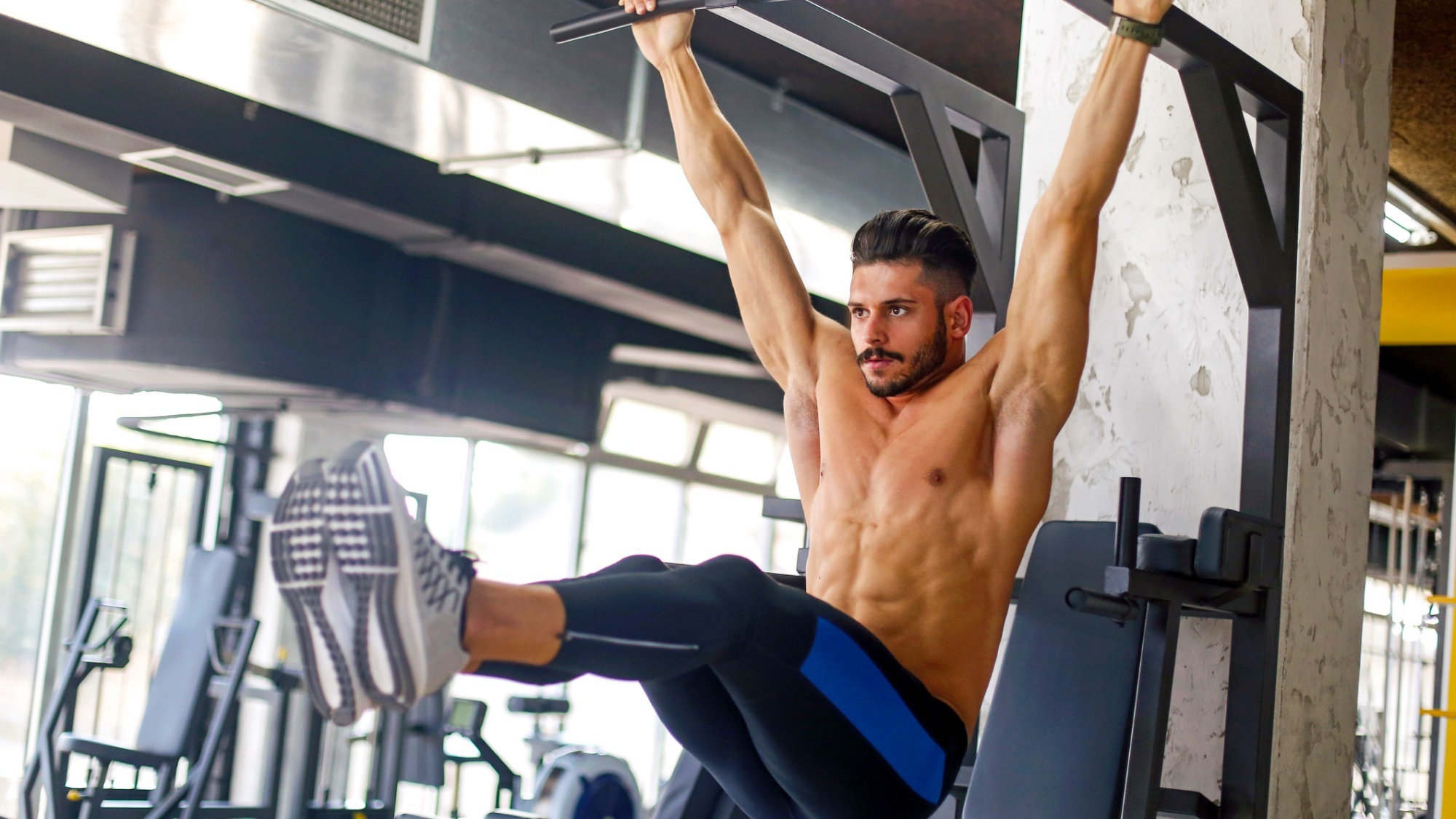Forget sit-ups — these are the best exercises for sculpting a six-pack
These are the four exercises to add to your routine

There are several benefits to working out — from strengthening the muscles that support your spine and avoiding injury to looking after your mental health. Yet as a new year rolls around, there’s one goal that millions of us return to — building six-pack abs.
As a reminder, how visible your abs are depends on your overall body fat percentage. Your cardio levels, diet, sleep, stress, and hormones all contribute to your body fat percentage, so no ab workout alone will make a difference if you’re storing too much fat over your midsection. Here’s more on how to calculate your body fat percentage, and why it matters.
But what are the best exercises to add to your routine if you are looking to strengthen your core? We turned to coach and home workout expert Matt Fox for inspiration. That said, these are more advanced moves, and won’t be suitable for everyone — if you’re a complete beginner, you’re pregnant, or you’re returning to fitness following an injury, these might not be right for you and your body.
The best exercises for sculpting a six-pack
For all of the exercises below, you’ll need a bar, so you can pop your best adjustable dumbbells and best kettlebells to one side for these ones. This might mean heading to a gym, but you can also attach a pull-up bar to a doorway, just make sure it’s strong enough to hold your body weight.
“I’ve said it before and I’ll say it again, core exercises while [you are] hanging, such as these bodyweight exercises cannot be matched. These exercises changed my life in many ways — they helped me overcome years of back pain, they took my core strength to new levels, and I only had a visible six-pack when I started doing these exercises and calisthenics”, writes Fox in his Instagram post.
Here’s the exercises to add to your routine:
A post shared by Matt Fox | HOME WORKOUTS ONLY (@mattycfox)
A photo posted by on
Hanging leg raises
For this exercise, start by grabbing the bar with both hands in an overhand grip — if you can’t jump up and reach the bar, place a box by the bar to help you. Engage your core, and bend at the hips to raise your legs as high as possible — you’re aiming for them to be perpendicular to the ground, but this might take some practice. Pause when you’ve raised your legs as high as possible, before lowering them back to your starting position. This is an advanced move, and if you only manage a few reps, that’s okay — skip to the next couple of exercises.
Sign up to get the BEST of Tom's Guide direct to your inbox.
Get instant access to breaking news, the hottest reviews, great deals and helpful tips.
Hanging knee raises
As mentioned above, hanging knee raises are slightly easier than hanging leg raises. Once again, start by grabbing the bar with both hands in an overhand grip. Bend at the hips and tuck both legs up towards your torso, pause here, then lower your legs back down towards the ground.
Hanging bike kicks
Similar to the bike kicks you’d do on the ground, hanging bike kicks work your core hard. To do hanging bike kicks, crunch one leg in towards your body, bending at the knee, then the other. Keep switching legs, and as you gain confidence in the move, increase your pace — remember you shouldn’t be swinging on the bar, all the movement should be coming from your abs.
Hanging L-sit/flutters
This is one of the most challenging exercises, and one that’s tricky to master. Jump up and hold the bar with both hands in an overhand grip and engage your core to raise your legs into an L-sit position and hold. Once you’ve mastered this, add some flutter kicks, raising and lowering your feet a few inches.
What are the benefits?
There are a number of benefits to working on your core that aren’t anything to do with a six-pack. A strong core can help protect the spine from injury, help you run and walk with better posture, and make everyday tasks like carrying shopping or lifting something down from a shelf.
Another benefit of performing ab exercises on a pull-up bar is that you’re not putting any pressure on your spine during the workout. “There is no pressure on the back, in fact, it stretches it out”, writes Fox in the Instagram description. Your core also has to work extremely hard during the workout to keep your upper body stable. When lifting your legs, you need to actively think about engaging your core to prevent your body from rocking back and forth on the bar.
If this one is too advanced for you right now, there are a number of alternatives you can try to modify the move. One alternative is to use the Captain’s Chair machine in the gym, where you rest your body weight on your forearms, rather than hanging from a bar, making the exercises slightly easier, but still as effective on your core.
More from Tom's Guide

Jane McGuire is Tom's Guide's Fitness editor, which means she looks after everything fitness related - from running gear to yoga mats. An avid runner, Jane has tested and reviewed fitness products for the past five years, so knows what to look for when finding a good running watch or a pair of shorts with pockets big enough for your smartphone. When she's not pounding the pavements, you'll find Jane striding round the Surrey Hills, taking far too many photos of her puppy.
